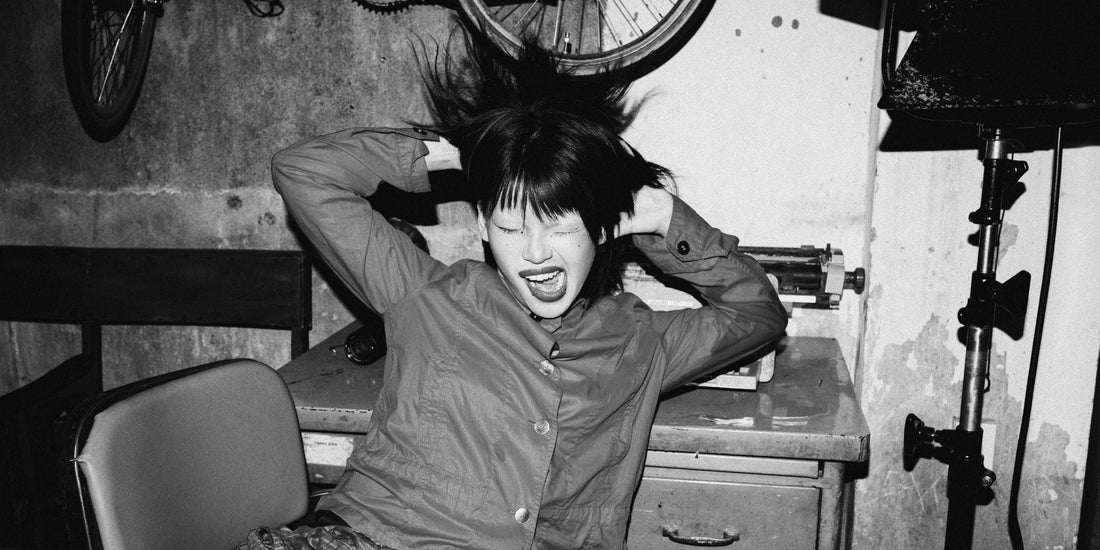
The Noise That Stayed: Notes from Berlin’s Punk Ghosts
Atelier ManganelIt was just past midnight, and the streetlights on Oranienstraße looked like they were running on leftover energy from the '80s—dim, tired, but still glowing. I was walking past SO36, where a flyer for a crust punk show flapped half-detached on the wall. Faded ink, black tape, familiar typeface. The kind of thing you spot with the corner of your eye and suddenly you’re somewhere else entirely.
Berlin’s punk scene doesn’t ask for attention. It lingers like a leftover scream—tucked into the bricks, the squats, the marker tags on bathroom doors.
You can feel it under the city’s new surface, under the oat milk lattes and smart glass buildings. There’s a beat still echoing in the bones of this place, even if the mohawks are fewer and the squats are being replaced by concept hotels.

I didn’t grow up here, but like a lot of people, I arrived with headphones full of Neubauten and idealism. The first time I saw someone wrapped in leather and chainmail arguing politics in front of a Lidl, I remember thinking, *this city doesn’t perform—this city is. That was Kreuzberg in the rain. That was the punk I came looking for.
But the Berlin punk scene was never about style. Not really. It was about carving out space where there was none. About making a racket when everything else was silent
That’s what those squats were: homes built from protest, chaos stitched together with community. No landlords, no rules, just survival and music and half-working plumbing. And it wasn’t always pretty. But it was alive.

There’s this misconception that punk in Berlin was a single, glorious moment. Like someone flicked a safety pin in 1977 and the rest just played out. But the truth is, it was a hundred little scenes. East Berlin had its own kind of punk—gritty, watched, revolutionary in ways that went deeper than style. Playing a Clash bootleg there wasn’t rebellion, it was resistance. Whole lives were built around finding places to be loud when being loud could get you watched, warned, or worse.
You still see traces. In a ripped jacket patched up with safety pins and irony. In the way someone lights a cigarette inside a bar that doesn’t technically allow it. In the stubborn refusal to move for a gentrifying tide that seems too polished to be real. Punk isn’t gone. It’s just grown quieter, smarter maybe, or sneakier. It’s hiding in the infrastructure. It’s waiting behind every sanitized mural for someone to spray over it.

I was at a bar near Ostkreuz the other night, and someone played “Keine Macht Für Niemand” on the jukebox. The sound cracked and fizzed through the speakers, and for a minute, everyone went still. That’s the thing about punk here—it doesn’t need to be loud anymore to hit you. It just needs the right moment. A riff, a lyric, a sudden reminder that this city once ran on rage and rhythm.
Berlin doesn’t owe its punk scene a museum. It just needs to keep making noise in unexpected places. And maybe that’s the point. The punk scene was never about being seen—it was about showing up anyway, boots scuffed, voice hoarse, fucks fully given but on your own terms.








